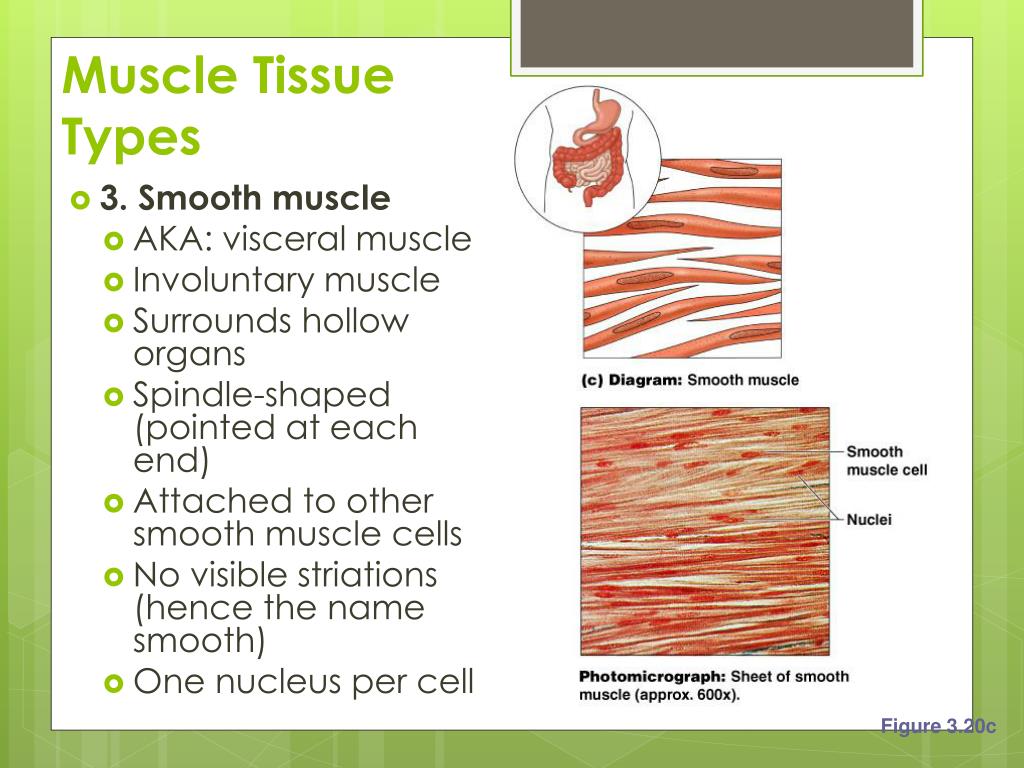

Robotic-Assisted Laparoscopic SurgeryĪ newer technology in laparoscopic surgery is robotically assisted laparoscopic surgery with the DaVinci robot. The recovery time is faster and postoperative pain is usually less than abdominal approach surgeries. Abdominal sacrocolpopexy, paravaginal repair, and uterosacral ligament suspension can be done with the laparoscope. Your doctor may perform an abdominal surgery laparoscopically, through several very small (1 cm) incision, with the use of a video camera. This is different from a total hysterectomy in that your doctor doesn't remove your cervix. Supracervical hysterectomy with sacrocolpopexy: Your doctor makes an incision on your abdomen and removes the uterus.Hysteropexy (uterine sparing): Your doctor makes incision on your abdomen and supports the uterus by stitching mesh to the front of the tailbone (sacrum).In general, abdominal approach surgeries have a longer recovery time and cause more discomfort than vaginal surgeries. Uterosacral ligament suspension - This procedure re-attaches the top of the vagina when it has come down.Sacrospinous ligament suspension - This operation attaches the vagina to the sacrospinous ligament through the vagina.Rectocele repair (posterior colporrhaphy).Cystocele repair (anterior colporrhaphy).In general, vaginal approach surgeries have a faster recovery time and cause less pain than abdominal surgeries. Often, more than one of these surgeries will be performed at the same time. If nonsurgical treatments don't work, we offer many different surgical options to correct pelvic organ prolapse. It may cause discomfort and difficulty having bowel movements.

Rectocele (bulging rectum) - This occurs when the rectum falls.Enterocele (bulging of small bowels) - This occurs when a space between the vagina and rectum opens and the small bowel bulges through.This is referred to as post-hysterectomy vaginal prolapse. Vaginal vault prolapse (fallen/bulging vagina) - In women who have had a hysterectomy, it's still possible for the vagina to fall down even though the uterus is no longer present.It's the second most common type of prolapse and is classified into three grades depending on how far the uterus has fallen. Uterine prolapse (fallen uterus) - This happens when the uterus drops down into the vagina and causes discomfort and difficulty having bowel movements.This may cause discomfort and difficulty emptying the bladder. Cystocele (fallen bladder) - This occurs when the bladder falls down into the vagina and creates a large bulge in the front vaginal wall.You may have more than one type of prolapse. The different types of prolapse are divided into categories according to the part of the vagina they affect: front wall, back wall or top of the vagina.


 0 kommentar(er)
0 kommentar(er)
